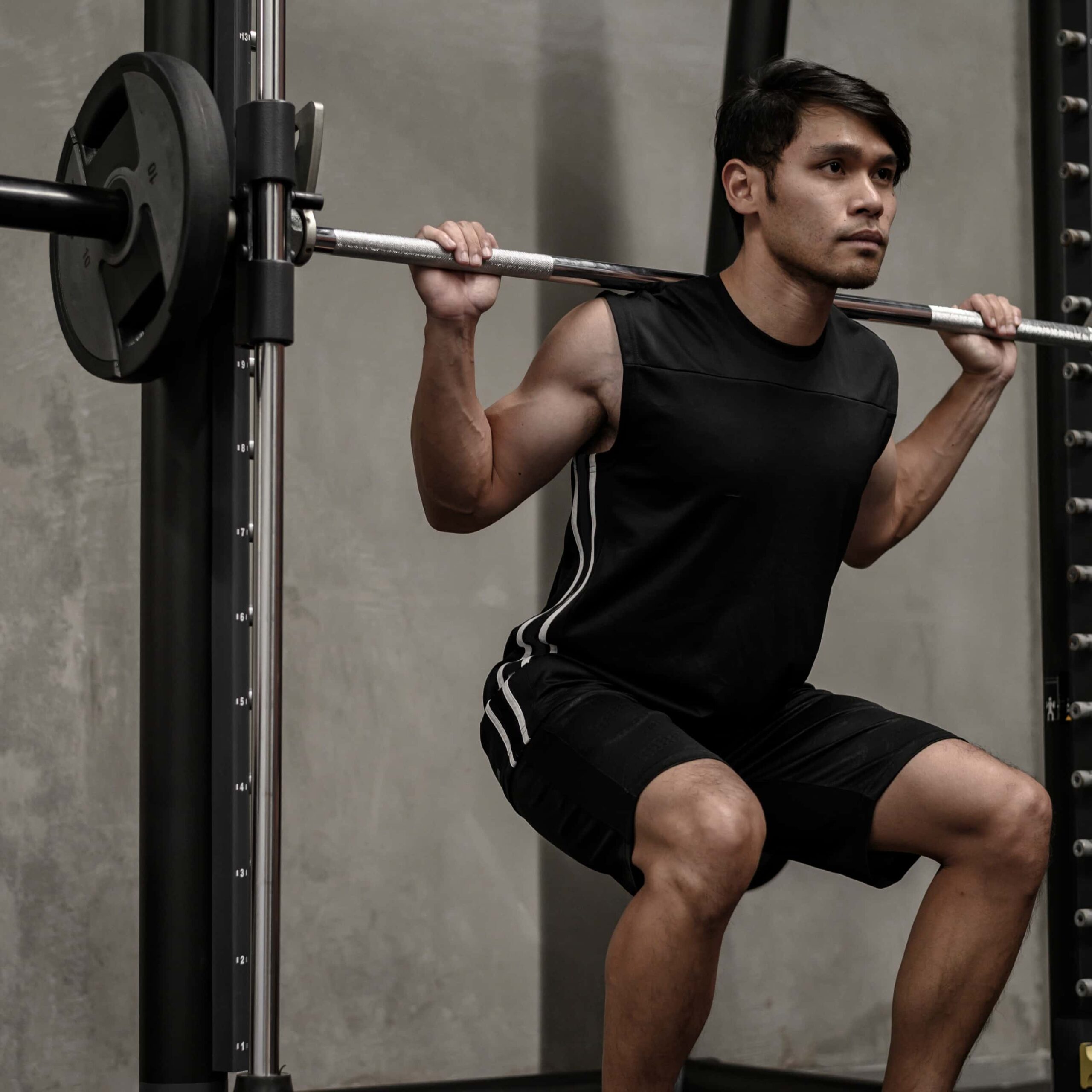How To Do Pull-Ups the Right Way
21st Feb 19

Pull-ups are one of the best compound exercises there are. They are unparalleled for upper body strength and your back and biceps especially. And they still work every other muscle in your upper body too. They are an incredible back exercise above all else and need to be treated as such. Because of how compound the exercise is, there is a lot of room for form issues when it comes to your performance. This guide will talk you through the ins and outs of what you need to be doing to ensure that you’re getting the best results from them in the long run.
Want to move fast? Jump to the right section below.
Set-Up

As with all exercises, the set-up before you actually try and do it is essential. If you have any chance of performing the exercise to the best of your ability, you need to make sure that you are going to be able to sustain your performance and stamp out any bugs that might be in there.
Warmed Up
First and foremost, as always, in any exercise, you need to make sure that you are warmed up. If you jump straight into a pull-up, you are susceptible to injury, and you are likely to perform less successfully than you would if your muscles were primed through the right exercises and stretch beforehand. Even doing some pulldowns are a good idea on a lower weight.
Developed Back
If you are going to have a shot at getting a good pull-up workout, you need to make sure that your back is going to be able to handle it. The best ways to do this are through lat pulldowns and chin-ups. These follow the same motion range and movement styles so that you know what you’ll be capable of doing them.
Wide Grip
When it comes to your pull-up, make sure that your grip is in the right place. The proper pull-up should be using your hands facing away from you rather than toward neutral grips. The distance should be slightly greater than that of your shoulders so that you can recruit the right angles and get the best results from your efforts.
Technique

The movement itself is reasonably straightforward, but because of the difficulty of the exercise, it’s easy to get wrong. If you keep all of these things in mind and think about the muscles you should be using and where your strengths and weaknesses are, you should be good!
Chin Above Bar
The fundamental aspect of a good pull-up form is to raise your body using your back and arms up to the bar. One crucial element that a lot of people tend to forget, though, is that the whole principle is actually to surpass the bar. Your chin should be higher than the bar when you are at the peak of the movement. Once you’re there, that’s when you hold the position for a few seconds for the best contraction before then lowering yourself to the starting position.
Full Reps
When you are lowering yourself back down, it’s crucial that you complete the whole movement. One repetition of the exercise is going above the bar and returning to the starting position, as always. The starting position for the pull-up is actually based on your arms being straight. When you are not contracting, do not keep a slight bend in your arms, or you won’t see the full benefit of the exercise as you aren’t doing full reps!
Elbows In
Keep your elbows in during the whole movement. Because of the exercise style, you’re bound to need to move your elbows at some point, and that’s perfectly normal, but make sure that you don’t flare them for good pull-up form. This helps you stop yourself from swinging during the exercise, too, which is often a huge problem for even experienced users of the exercise.
Shoulders Back
Throughout the whole exercise, one other crucial thing that you have to keep in mind is that your shoulders need to be back. The whole time. It’s so common to be told that you need to squeeze your shoulder blades together during literally all upper-body exercises, but you don’t here. Your shoulders need to stay back to avoid rolling them forward and letting them take any of the load off. You should, however, engage your traps/scapula before you start pulling!
Abs & Legs
It’s crucial to prevent you from swinging and wasting a lot of energy to keep your abs contracted throughout the whole movement. This is what will keep you straight and moving as you should be. Your legs should be straight and together all the way through for the same reason and with a slight lean back. Keep everything tightly together, and you’ll get the most out of them that you can.
Once you’ve got all of that down, the movement is relatively simple. Pull up slowly, hold, and come down slowly. Don’t build up momentum and follow these tips, and you should be making serious progress in no time. If you do find that you’re not quite seeing the results you want, or if you can’t manage one full pull-up in the first place (which is extremely difficult anyway), then try negative sets and see what they do for your training! There are a few variations to consider, too, so find what works for you!

Before beginning any exercise or nutrition program, consult your physician, doctor or other professional. This is especially important for individuals over the age of 35 or persons with pre-existing health problems. Exercise.co.uk assumes no responsibility for personal injury or property damage sustained using our advice.
If you experience dizziness, nausea, chest pain, or any other abnormal symptoms, stop the workout at once and consult a physician or doctor immediately.









